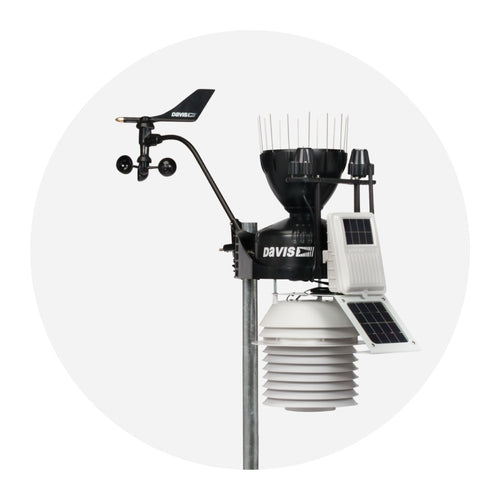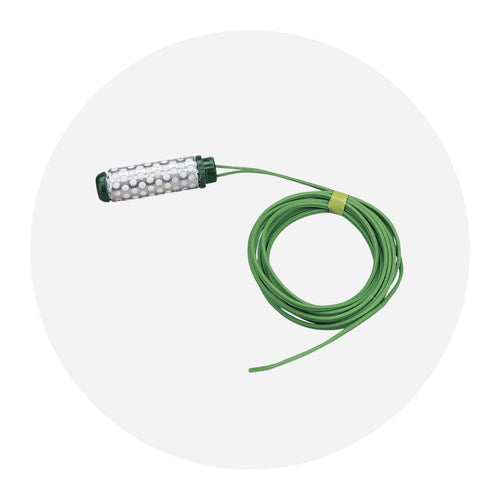Interior condensation occurs when air temperature inside a home, boat, or enclosure drops below the dew point, causing water droplets to settle on interior surfaces. The dew point is the temperature the air needs to cool for it to become completely saturated with water. At this point, the air cannot hold more water, is fully saturated, and condensation forms on interior surfaces. Condensation on indoor surfaces causes mold, mildew, and rust.
How can I prevent interior condensation?
Condensation on indoor surfaces causes mold, mildew, and rust. Three common ways to prevent interior condensation are:
- Warm the air to keep the temperature above dew point. An inexpensive solution is to heat the interior air temperature with a heater. Warm air can “hold” more moisture than cooler air. When warm air cools, it can “hold” less moisture and will become saturated even though the amount of water vapor in it has not changed. Especially in cool damp areas, the air easily becomes saturated with water. If the temperature goes below dew point inside a space or enclosure, the water vapor starts to condense and settle on surfaces. Air-Dryr from Davis Instruments is a low-level heater that raises air temperature just enough to prevent condensation. Air-Dryr is used in boats, RVs, vaults, small rooms and storage units and can safely operate 24 hours a day. Air-Dryr draws in cool, moist air via convection and warms it above dew point. It has no switches or moving parts, so operation is completely silent.
- Use a dehumidifier. A dehumidifier is a more expensive way to remove moisture from the air. A dehumidifier is an electrical device that removes water from the air in a home until the relative humidity is reduced to the desired level. It works by drawing air from around the room through a series of very cold coils, where warm, humid air condenses to form tiny droplets of water which drip into a water collection tank. The air is then reheated before being released back into the room.
- Dessicant. Desiccants are hygroscopic materials, such as silica gel or clay, that eliminate humidity from the air by absorbing moisture. Silica gel is a low-cost alternative, but regular attention is required by replacing dessicant when it is saturated.





















